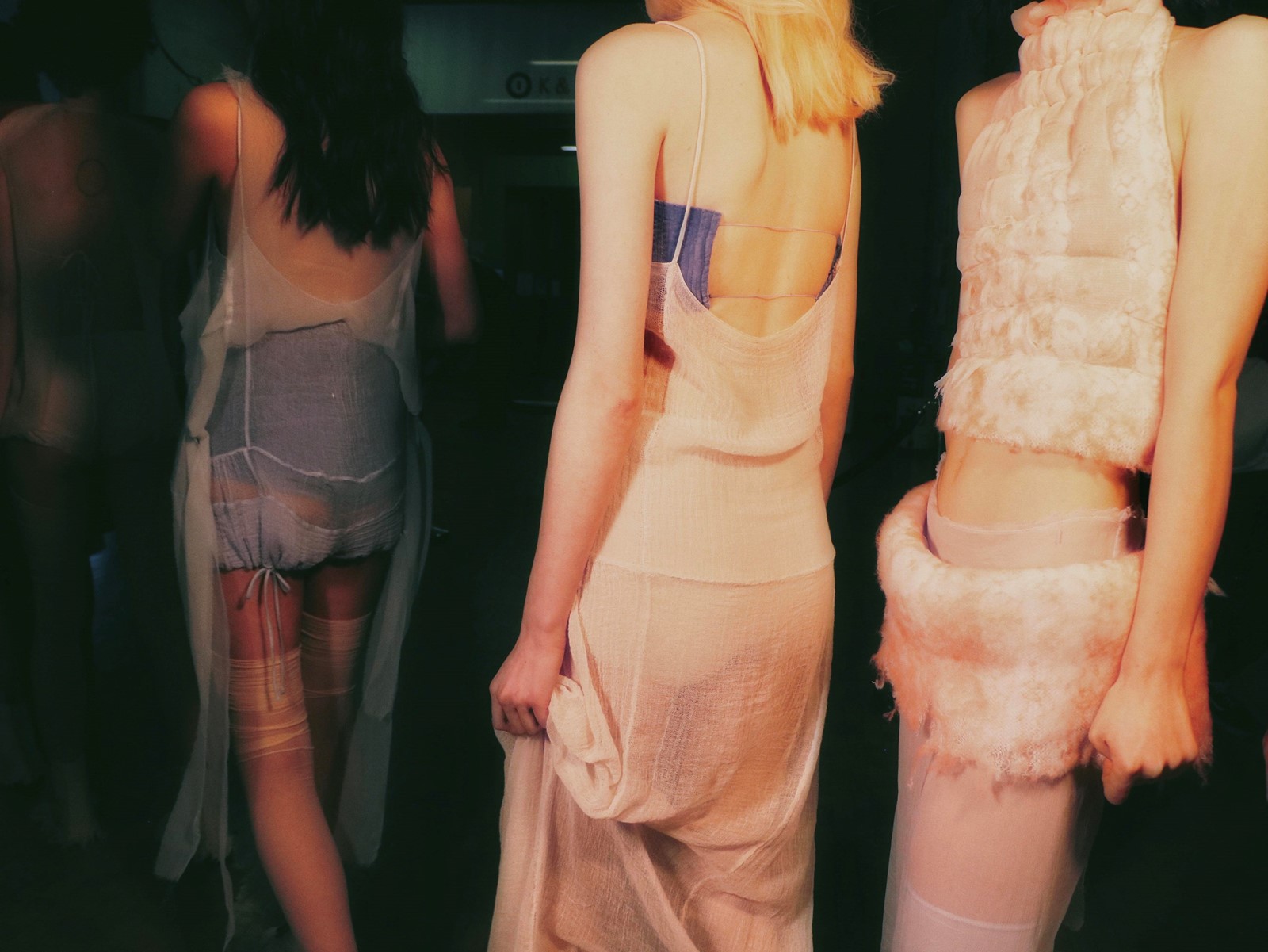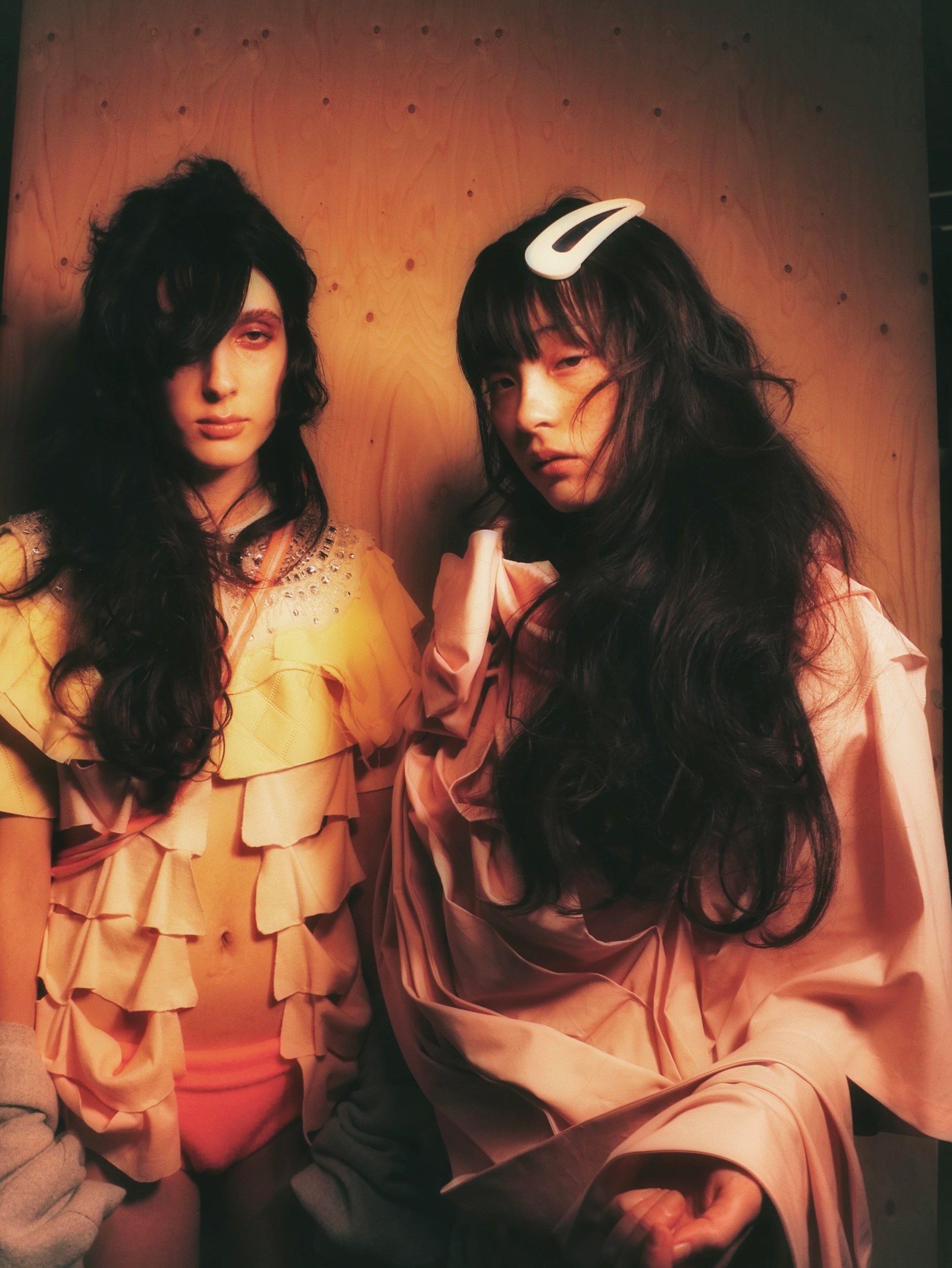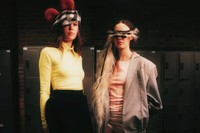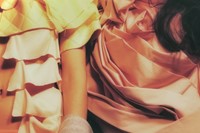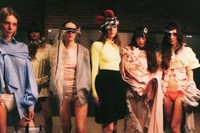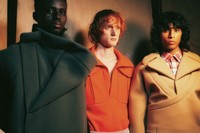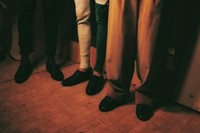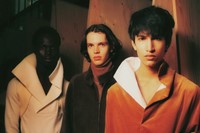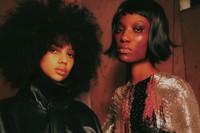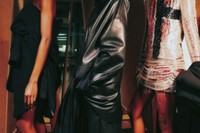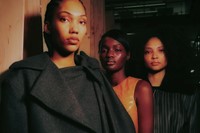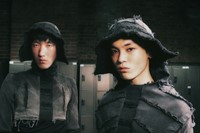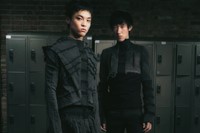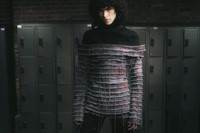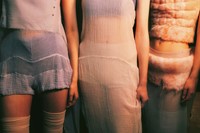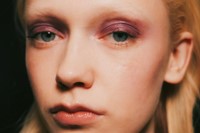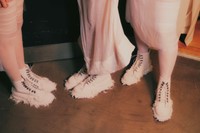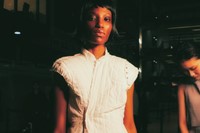The London fashion scene has always been rich in ideas, with daring silhouettes, outrageous textiles, and boundary-pushing techniques. There’s no place where that’s more palpable than at Central Saint Martins – especially at its MA graduation show. An incubator for now-storied talents including Alexander McQueen, Kim Jones, Craig Green, and Simone Rocha, the next generation of young talent is carrying on the program’s mythical status, looking to the past for design inspiration to create a better future.
Below, AnOther speaks with five MA fashion students graduating from the class of 2024, who prove that they are the future of fashion.
Phoebe Pendergast
Through a spongy, foam-filled neoprene skirt, fleece panties, and oodles of ruffles, Phoebe Pendergast explores the liminal space between adolescence and adulthood. “In your early twenties, you’re trying to figure out who you are. I approached it as the conversation between the inner child and more mature self, because you’re a bit of both,” the designer explained. Pinpointing key moments in her life and developing looks around them, each outfit traces coming-of-age. Dramatically proportioned looks reminiscent of oversized outfits bought for children to grow into – an oversized, bubble-like skirt, a boxy jacket, and a billowing button-down – give way to a more mature, distinctly feminine, set. Colours and fabrics follow the feeling of decomposing memories: electric pops of colour surrounded by those that are fading away and material with peeling coating salvaged from a fabric shop.
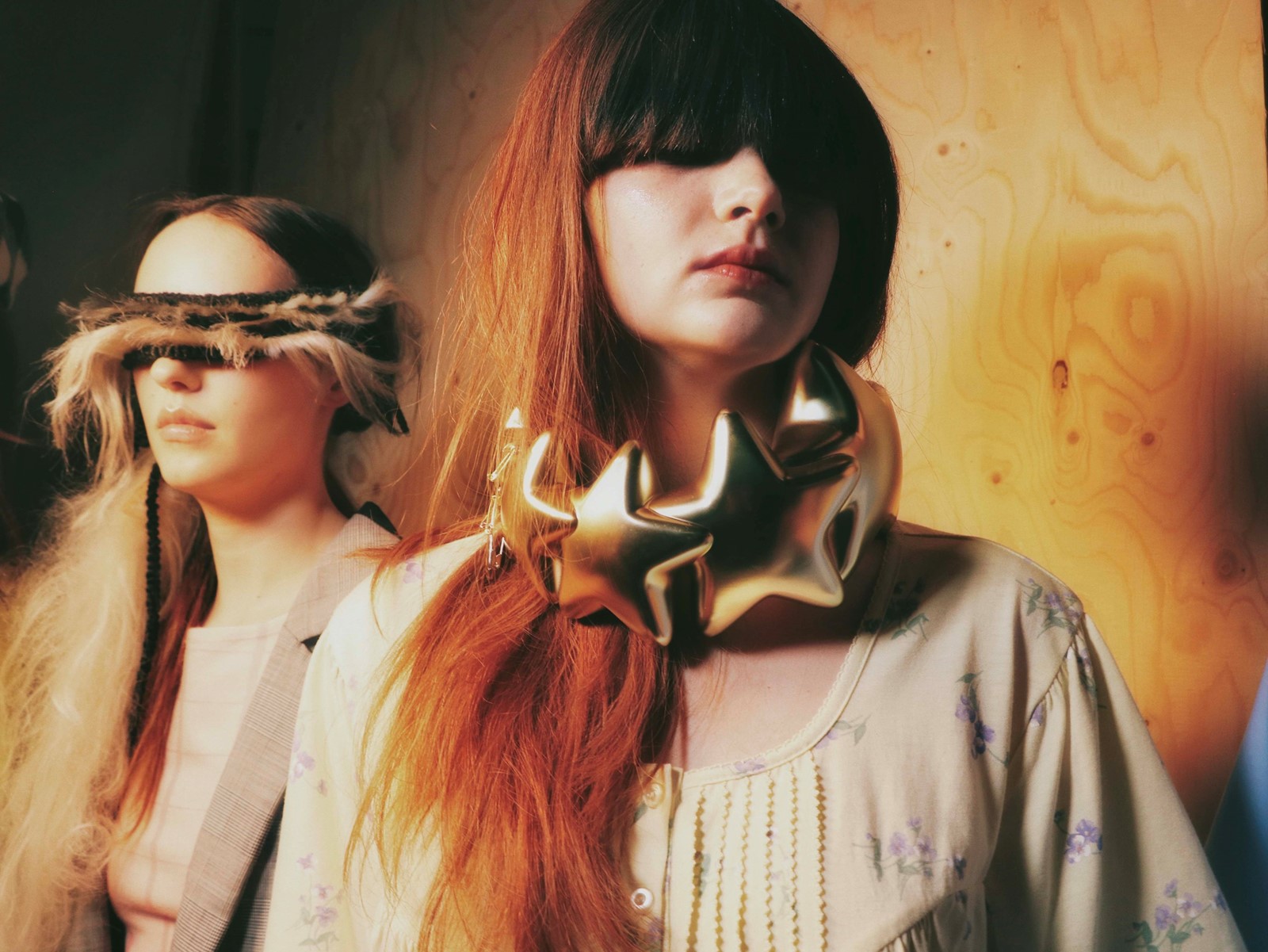
Henri Hebrard
Who knew preppy could be so sexy? When Henri Hebrard was rifling through his dad’s old clothes, he certainly didn’t: “I grabbed a polo shirt and just shoved it in my bag – it became a foundational piece in the development of the collection. There’s a personal tint to looking at things I wasn’t particularly interested in wearing and working against that.” For his graduate collection, Hebrard embedded the erotic in the otherwise seeming mundane-ness of normative masculine dressing. Classic polo shirts are reimagined with boxy shoulders, oversized front pockets, and elongated collars that caress the neck – a “key erogenous zone,” as the designer describes it. Textiles and colours take cues from 80s menswear, while chenille knitwear is a mainstay of the collection, and corduroy, in shades of caramel and brown, is used for straight-legged pants with wide, structural waistbands that borderline on cummerbunds.
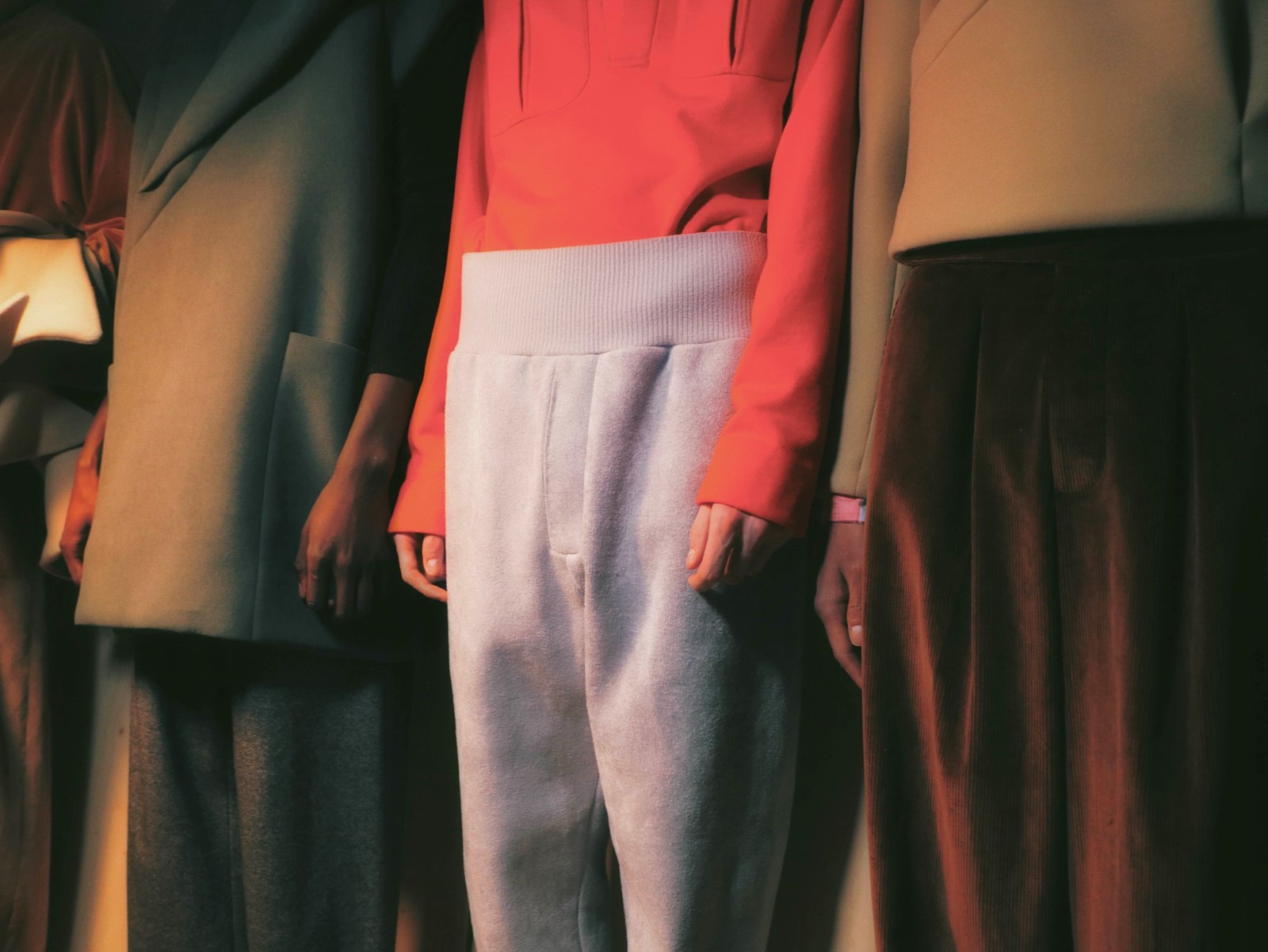
Joshua Ewusie
Joshua Ewusie’s MA collection was the ultimate ode to a seminal adolescent experience: sneaking out of the house for a night on the town. That’s where he began his design process, reminiscing about watching his sister and cousins getting ready to go clubbing – and when they would try and sneak past his grandmother in their party clothes in the dead of winter. A vintage dress from the 60s, hemmed then embroidered with painterly streaks of glittering gold, red, and black beading paired with a black coat in-hand, a burnt orange laser-etched leather skirt set and a black wool coat turned evening dress (which could hypothetically hide an even mini-er dress underneath) nod to those memories. But the collection also featured sumptuous leather bomber jackets and floor-skimming skirts, as the designer considered what his grandmother, who immigrated to London from Ghana in the 1960s, would wear, such as traditional Ghanaian wraparound skirts. Ultimately, it was a rumination on cold as a concept, “representing the hostility that a lot of immigrants face when they come to metropolitan cities like London.”
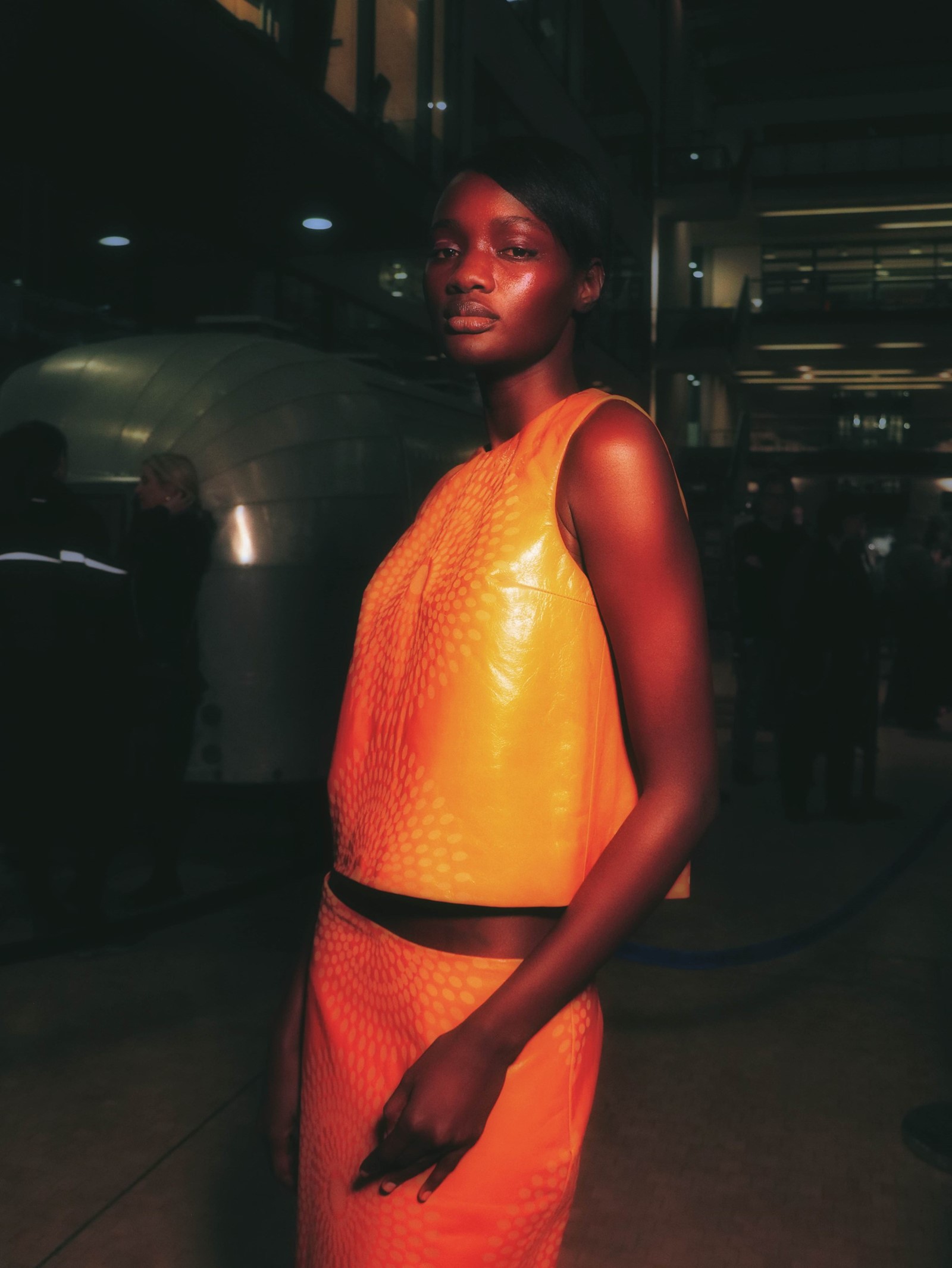
Kaine Ballard
If the Grim Reaper underwent a sci-fi makeover, it would look something like Kaine Ballard’s graduate collection – but for him, there is power in being othered. Cloaked and hooded, with razor-sharp shoulders, an all-black palette was disrupted only by tactile folds of fabric and inverted elastic waistbands with textural detailing. Looking to his childhood, where he often dealt with feelings of isolation for reference, Ballard explained, “I wanted to create a reaction of ‘I shouldn’t go near this person’ when seeing those characters.” Sans zips, buttons, or other unnecessary hardware, elastic serves as the only way to fasten the garment to the body, something the designer attributes to his anarchic approach of rejecting traditional methods of craftsmanship. “I did this through draping, thinking how a garment is usually worn and giving an immediate response and saying, ‘No I’ll turn it inside out upside down and backwards’,” he explained.
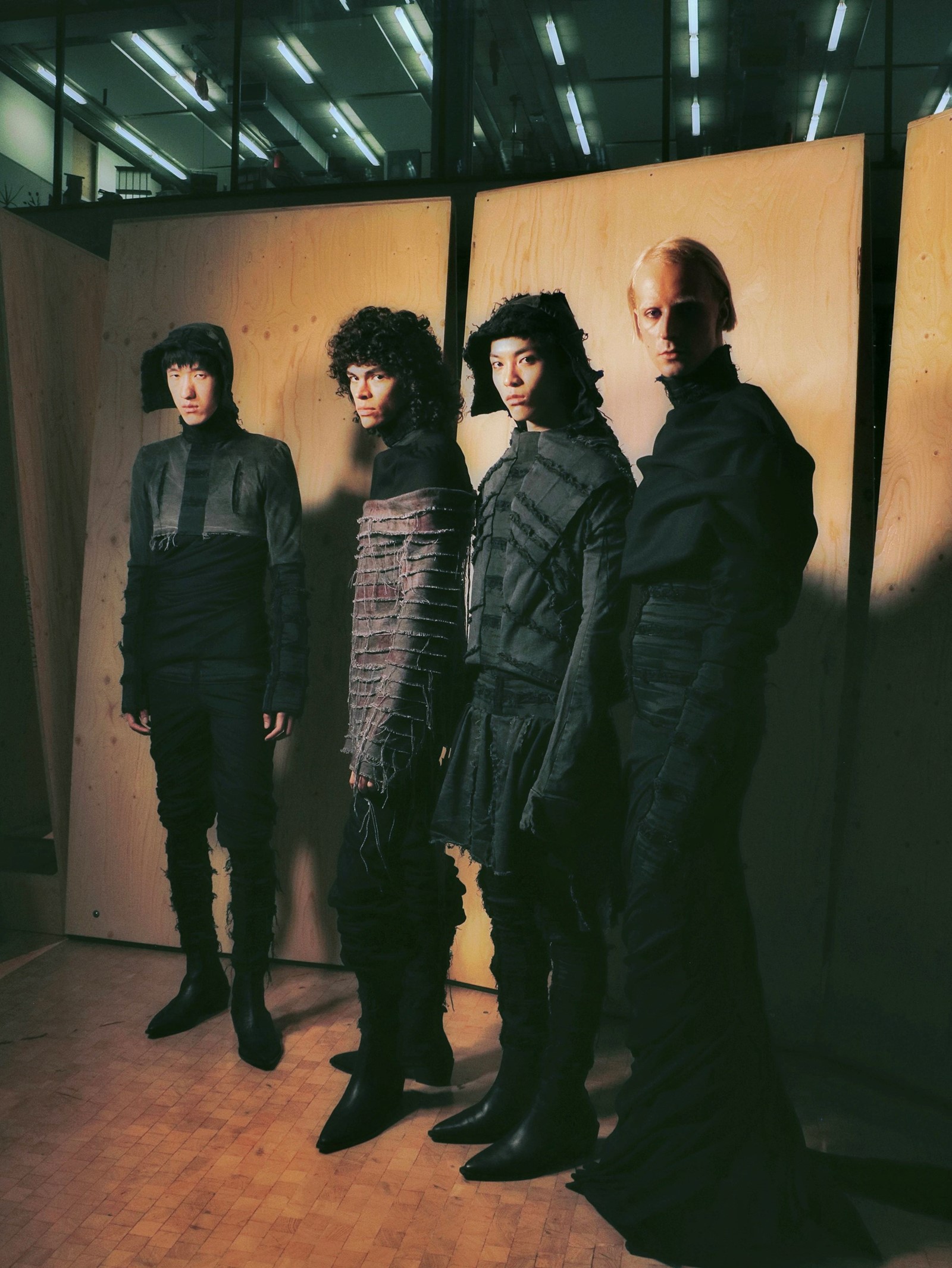
Joyce Bao
Joyce Bao designs clothing for modern-day heroines. Tops – some quilted, others velvet, and often with open backs – echoed breastplates and were paired with uber-short shorts and barely there miniskirts, allowing models the freedom of movement that calls to mind a protagonist in a dystopian world. “I wanted to challenge the current conventional assumptions between the physical expression of femininity and its psychological and behavioural expectations, and visualise the coexistence of delicacy and resilience, vulnerability and aggression,” the Asian-American designer said, explaining that her relationship with her identity played a fundamental part in the collection’s development. Fabrics were made from a plethora of natural fibres, and hand-dyed in shades of pale blues, creams, and peaches, which were interrupted by the occasional flare of red. Cloth streamed out behind models as they moved, an ode to Bao’s favourite characters from the Chinese TV shows she watched as a child. Of them, she said, “They’d fight and fly off cliffs in these light, layered gowns that flowed beautifully.”
